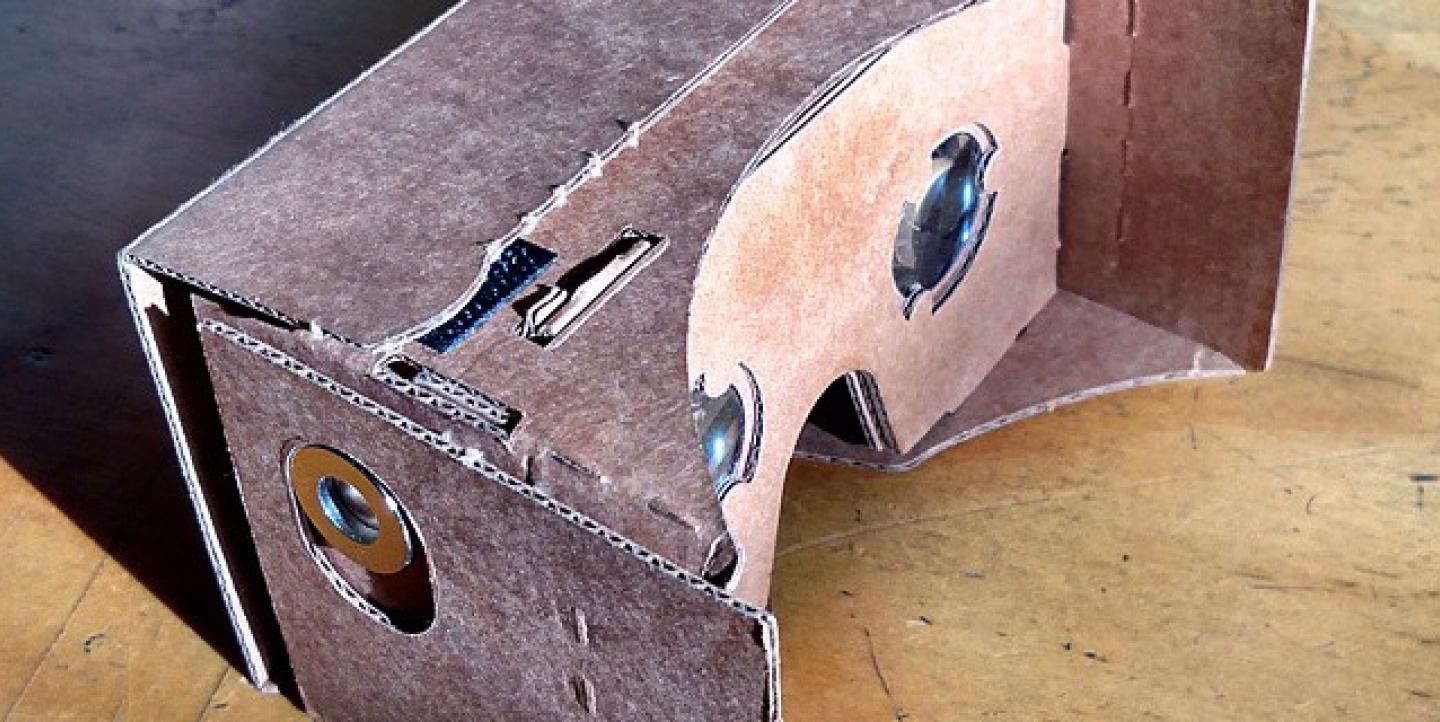Before discussing the uses of virtual reality (VR) in journalism, we need to understand what it is and why it will be crucial for the future of storytelling.
VR is an artificial environment created by a software that provides users with a sense of being right in the midst of a story — and not in their homes or offices. In essence, it transports individuals to experiences beyond their reality and context.
It is no surprise that technology experts such as Zion Market Research have projected that the VR market will grow more than 50 percent by 2022. Even director Alejandro González Iñárritu will receive a special mention at the 2018 Academy Awards for his short VR film Carne y Arena, which immerses viewers in the journey of a Latin American immigrant.
VR in journalism
Several major media organizations are producing VR content and developing immersive experiences for their audiences. The Guardian, in addition to a VR app, has given its users Google Cardboards, which are affordable head-mounted displays (HMDs), so they can step inside the stories.
One of the most attractive VR storytelling projects was The Party, the story of Layla, a girl with autism who attends a birthday party. Through the story, users experienced the intensity with which Layla hears, sees and thinks — a feeling that would be impossible to understand without this technology.
However, VR can be used for more than just storytelling. It can also be used to share experiences with viewers, and transport them into events in which they would otherwise be unable to participate. This is what USA Today did when it produced a 360° video on the Women’s March on Washington on January 21, 2017, with more than 500,000 attendants in opposition to Donald Trump’s policies.
VR in Latin America
Although there are many relevant uses for VR, it is important to consider whether it is profitable, or even viable, in regions such as Latin America, where technology often lags behind developments in North America and Europe.
In 2016 Internet Media Services and comScore conducted a study on the use of smartphones in the region.They found that the penetration of the internet in the region is greater than 50 percent, and most users (90 percent) access the web through smartphones. This finding suggests that VR is viable in the region, since the technology is directly linked to mobile devices.
However, production costs are still high and access to HMDs is almost non-existent. So how can we make VR happen?
Equipment
It really isn't necessary to have the latest generation of 360° cameras to produce a VR experience. While it is true that this would increase the quality of a video, it's not a requirement. One of the most widely used and accessible devices on the market is the Ricoh Theta S, which costs less than US$300.
And like any technology, VR cameras will eventually become more widespread and their prices will fall, making it increasingly more accessible.
Post-production training
One of the most complicated parts when creating experiences in 360° is editing the videos. Editors need training and software, which can be the difference between a successful or unsuccessful VR experience.
However, popular editing programs such as Final Cut Pro and Premiere are beginning to incorporate specific tools for 360° videos in their latest versions so that editors don’t need to purchase new software.
Strategic alliances
Due to the cost of production, collaboration offers an opportunity to share the cost and labor of a VR project. For example, consider producing cultural immersive stories that might be of interest to organizations or local governments, in order to obtain funding and share the burden of the project.
You might also want to consider working with technology brands that are willing to provide the tools you need to produce videos in exchange for advertisements or promotional opportunities.
Engaging users
No VR experience will work without viewers, which is why media organizations should consider ways to give access to cardboards or headsets without requiring their viewers to spend their own money.
This could include generating content on how to create your own cardboards, or buying them in bulk online. In order to make VR content a reality in Latin America, media organizations must start by introducing it.
Main image CC-licensed by U.S. DoD via Leo Prieto.

